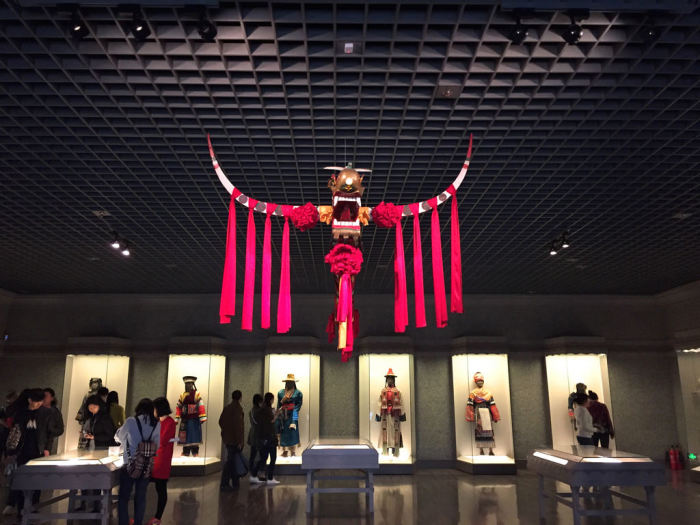The American Society forReproductive Immunology |
About ShanghaiShanghai lies in central-eastern China, exposed to the East China Sea. It is the largest city in China and attracts visitors like a magnet. They come for its culture, its history and its booming business sector. It is one of the best locations for living and working in China. Not only an exciting city with world class facilities and good living conditions, but it is also a culturally rich place with diverse and dynamic international communities. Chinese Currency The Chinese currency is called Renminbi (meaning People's Currency) and it is abbreviated as RMB. It is denominated in yuan, referred as "kuai" in every speech. Average Weather June - 23.2°C / 73.8°F July - 27.4°C / 81.3°F Entry & Exit
| Things to Do and SeeHuangpu River CruiseThe Huangpu River, mother river of Shanghai, divides Shanghai into two parts: Puxi (downtown area) and Pudong (new economic development zone). It averages 400 mwide and9 mdeep, totaling 114 kilometers long. A cruise on the river is one of the best ways to see both old and new Shanghai. Sailing down the river towards the East China Sea, you can enjoy the views of the full sweep of the Bund and the 21st century cityscape of Pudong. Night cruises provide the most dramatic views of Shanghai, but cruises can be enjoyed all day.
|
Xintiandi ShanghaiA re-creation born out of the sprawls of Shikumen housing, which is the architectural symbol of Shanghai in the 20th century, Shanghai Xintiandi is an urban tourist attraction imbued with the city's historical and cultural legacies. Shanghai Xintiandi's Shikumen attraction was created by converting residential blocks into a multifunctional dining, retail and entertainment center flowing with restaurants, boutiques, cafes and bars of an international standard. The Shikumen buildings within Shanghai Xintiandi retain the antique walls, tiles and exterior of the Shikumen housing of old Shanghai, while the internal spaces have been designed and decorated to suit the up tempo lifestyle of the 21st century urbanites, with infinite details that exude the casual elegance of modern city living. Shanghai Xintiandi is where "yesterday meets tomorrow in Shanghai today."
| The BundThe Bund refers to Shanghai's famous waterfront running along the west shore of the Huangpu River, forming the eastern boundary of old downtown Shanghai. Today it consists of a marvelous promenade, a perfect platform for strolling along the busy river. Just across the wide avenue that parallels the promenade is Shanghai's signature cityscape, a long wall of colonial-era European buildings erected by foreign governments, trading houses, and expatriate millionaires mostly during the prosperous and notorious 1920s and 1930s. On the other side of the river, casting the shadow of Shanghai's future over its colonial past, are the modern towers of the city's remarkable economic boom: the skyscrapers of the Pudong New Area that include some of Asia's and the world's tallest structures, the high-tech pagodas of the 21st century.
|
Yu GardenYu Garden, located in the north of the Chenghuang Miao (Town God Temple area) of Shanghai, was built in 1559 by a high official of the Ming dynasty intending to entertain his parents. The exquisite layout, beautiful scenery, and the artistic style of the garden architecture are where the charm of Yu Yuan lies. The garden is acknowledged as "an architectural miracle in the region south of Yangtse River", "an elite of garden in southeast China", and “the mountain and forest in the embrace of the bustling city”.
| Shanghai MuseumSituated in the heart of People's Square, Shanghai Museum portrays a cross-century image, and is one of the true scenic spots in metropolitan Shanghai. The elegant construction perfectly combines traditional cultural themes with modern technological innovation. The building uses an artistic conception of a round dome (sky) and square building (earth). With a collection of over 120,000 pieces of cultural relics in twelve categories, including bronze, ceramics, calligraphy, paintings, jades, numismatics, furniture, seals, sculptures, minority art and foreign art, Shanghai Museum is especially famous for its collection of bronzes, ceramics, paintings and calligraphy. |





